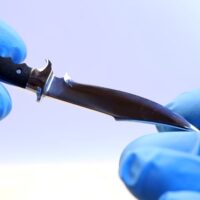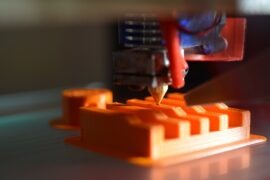While designing test fixtures for medical devices over at teampipeline.us, I’ve gained valuable industry knowledge and real-world experience that I’d like to share to help accelerate your learning curve.
In today’s golden tip, I’ll explain how 3D printed supports can actually affect functionality. This took me by surprise because generally the two tips shared when it comes to 3D print supports are to
- Avoid having supports in cosmetic areas that the customer will see.
- Try to have at least a 45-degree angle so that supports aren’t required (this is said for FDM/FFF. It’s not true for resin parts, which is the part in the video).
In the 2:30 minute video below, I explain how 3D print supports can actually affect functionality. Keeping this in mind is instrumental when deciding the print orientation and fit tolerances for your part.

Conclusion: As designers, it feels like we have dozens of variables that we consider when making nearly spontaneous design decisions. It seems like we continually add variables to consider as we gain experience. I will definitely remember this lesson next time I am deciding on print orientations.
Extra: This is what the fixture we built looked like in its entirety. PS: Medical device it was made for cannot be shown.


If you’ve found this information of value, please consider “sharing” this article with your astute network and following me on social media. Links below.




![6 Types of Civil Engineering Drawings [Detailed Guide]](https://www.solidsmack.com/wp-content/uploads/2023/12/Civil-Engineering-Drawings-270x180.jpeg)

